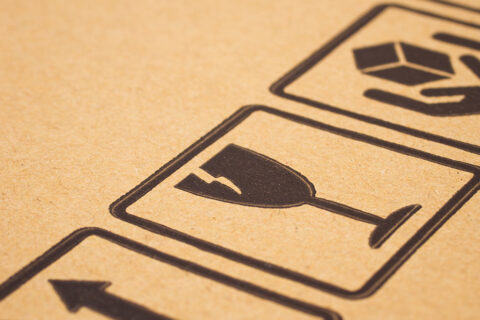How to Pack Your Houseplants for a Move
First thing’s first: if you can, transport your plants with you in your own vehicle—don’t ship them. Oftentimes, if you ship them, they won’t receive enough airflow, water or sunlight.
What You Need to Get Started
To set yourself up for success as you pack your plants, make sure you have these items on hand:
- A sturdy moving box for each pot (small boxes are best so the plant doesn’t move around too much)
- Plastic pots to replace clay pots during transit
- Sterilized potting soil
- Packing paper or newspaper
- Bubble wrap
- Plastic bags and ties
- Paper towels
- Flea collars
How to Prep Your Plants for the Big Day
Houseplants are living and sensitive; they will need time to adjust to the transition. Start prepping your plants approximately three weeks before moving day. To prep your plants, take these steps:
- To make your plants easier to carry, repot them into plastic, lightweight pots with sterilized soil.
- Prune the plants a week before moving day. Remove dying pieces and cut back additional foliage, for example.
- About three days before moving day, water your plants.
- Unfortunately, houseplants often harbor pests that states won’t want you bringing across state lines. Put a flea collar around each pot to draw any critters out. If you live in an area with the , there are more steps you’ll have to look into.
How to Pack Your Potted Plants
Step One:
Put a plastic bag over the plant and pot and tie it at the bottom. This is done to keep the soil in the pot.
Step Two:
Put the plant in a box. Make sure the box is taped on the bottom to keep the plant secure.
Step Three:
Fill any extra space in the box with newspaper.
Step Four:
Allow for airflow by putting holes in the box.
Step Five:
Label the box as “plant.” This is especially important if you’re getting help from friends, family, or a moving company so they know to be extra careful with that particular box.
If you need help with packing or transporting your belongings to your new home, get in touch with the expert movers at Bekins today! We can get you and your family to your new home smoothly and quickly.


